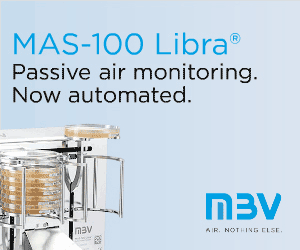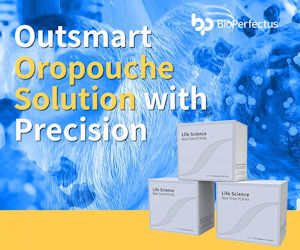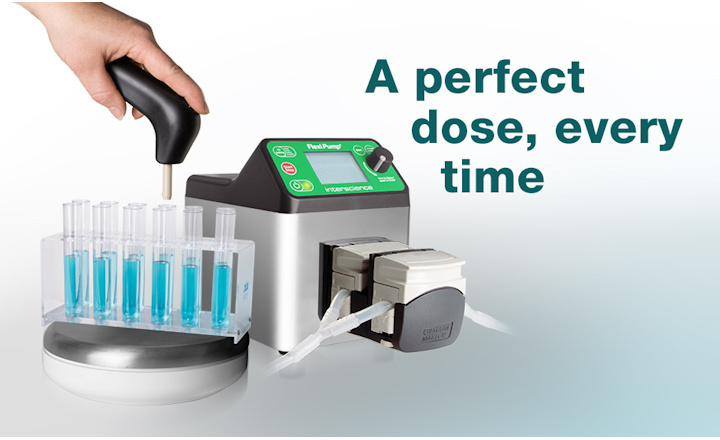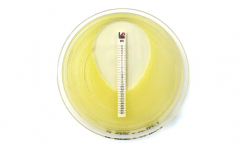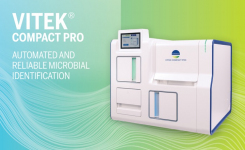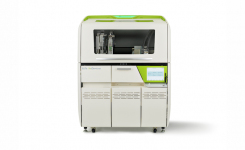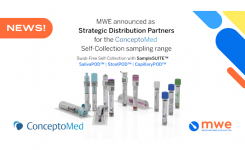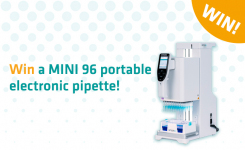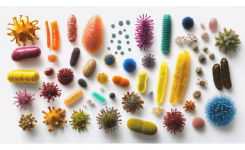Seward Ltd., manufacturer of the range of original Stomacher® paddle blenders and accessories used in sample preparation for microbiological analysis, confirms the use of its Stomacher® in USDA meat speciation protocols [1]. Following recent high profile meat provenance scandals, Seward has noted an increase in enquiries on the application of its technology for the delivery of contamination free, viable antigen samples.
The complexity and globalisation of the food industry makes the management of the food chain from farm to fork increasingly difficult. The contamination of meat ingredients with unintended species in the UK has been very costly in reputations and profits. The need for food companies to control their ingredients suppliers has consequently increased.
Meat speciation has been carried out for a number of years on cooked and uncooked samples using ELISA based techniques.
The Stomacher® plays an important role in both protocols for the extraction of the required antigens for subsequent analysis. The USDA method [1] applies two ELISA techniques supplied by ELISA-TEK™ for cooked meats. Raw meats are tested using DTEK™ Immunosticks or Tepnel Biosystems F.A.S.T. Immmunosticks. Positive samples are cooked and retested for confirmation using ELISA-TEK™.
The sensitivity of the test protocol requires that the samples be handled with the utmost care to prevent cross contamination in the laboratory. The Stomacher® bag prevents this risk by containing the sample throughout the preparation process. The paddle action of the Stomacher® produces a reproducible sample without any heat or shearing damage which could potentially damage cell components.
Stomacher® has a wide range of applications in food chemistry, as well as its traditional role in microbiology. Any application where rotating blades are unsuitable and potentially harmful to the sample under test the Stomacher® provides an alternative, bringing with it all the advantages of eliminating cross contamination via containment.
Seward’s sample preparation experts can assist in finding suitable references and method recommendations. More information on Stomacher® applications can also be sourced from Seward’s online Resource Centre.
Reference:
1) Identification of Animal Species in Meat and Poultry Products. USDA Laboratory Guidebook (MLG 17.02). Revision 2/10/2005.


